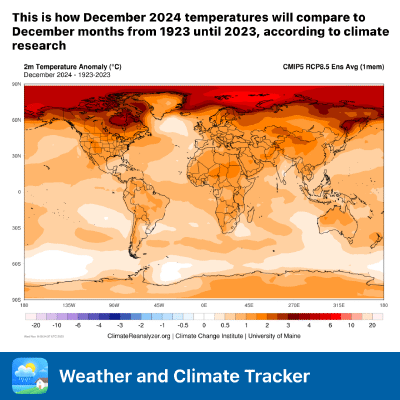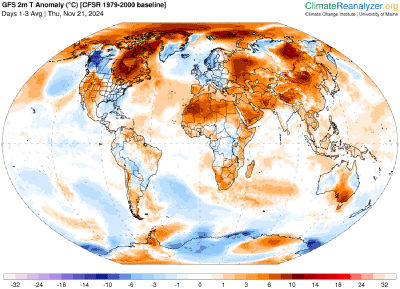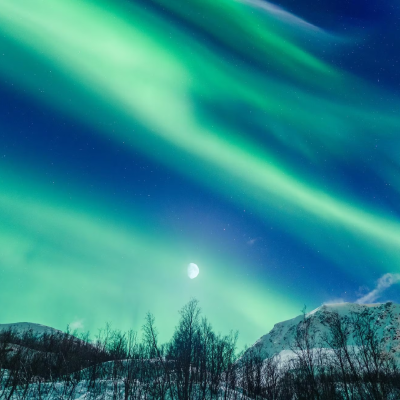
Earth

While many associate the winter season with cold weather, snowy landscapes and the holiday season, there is more than one way to define the beginning and end of winter. Meteorologists and astronomers use two different systems to delineate the seasons - meteorological winter and astronomical winter. Let’s explore the key differences between these two definitions of winter.
Read more
If you’ve ever tuned into a weather broadcast or checked a weather app, you’ve likely seen vibrant, colorful maps. While they might look similar at first glance, these maps often represent very different types of information. Misunderstanding the purpose of these maps can lead to confusion. Let’s break down two common types:
Read more
Sky
Drizzle is a type of light rainfall characterised by very fine water droplets falling from the sky. It typically occurs when the temperature is above freezing, around 5 to 10 degrees Celsius (41 to 50 degrees Fahrenheit), can also happen at slightly colder or significantly higher temperatures. Light drizzle is common in regions with mild or cool climates, especially during transitional seasons like spring and autumn.
Read more
Sky
The Leonid Meteor Shower is an annual celestial event awaited by stargazers. The Leonid Meteor Shower is named after the constellation Leo, from where the meteors appear to emanate. It occurs when Earth crosses the debris trail left by comet 55P/Tempel-Tuttle. This event is known for its bright meteors and persistent trails left in the sky, providing a spectacular view for observers.
Read more
Sky
From October 16 to 27, a real starfall will spill onto the Earth. It will be a meteor shower with a radiant in the Orion constellation, and therefore it will be called the Orionids Starfall. The peak of its activity will be on October 21-22. Scientists estimate that the average number of falling stars will be around 20-25 per hour.
Read more
Sky
Fog is not just a simple weather phenomenon, it’s a scientific masterpiece. From the scientific point of view, fog is the accumulation of water in the air and the further formation of little condensation products of water vapor. Moreover, the lower the temperature, the more ice crystals are there in the fog instead of water drops.
Read more
Sky
Polar lights are one of the most beautiful natural phenomena on Earth If we were to rank the most beautiful atmospheric phenomena, we would definitely give one of the highest places to polar lights. The ideal time for them is clear frosty nights from September to March at latitudes of about 67–70°.
Read more
Earth
What is “Indian summer” and when does it happen? Mid-autumn is the time for the “return of summer”. Though all of us understand pretty well that a couple of warm and sunny autumn weeks will soon be replaced by the first frost, we continue calling this short period as summer.
Read more